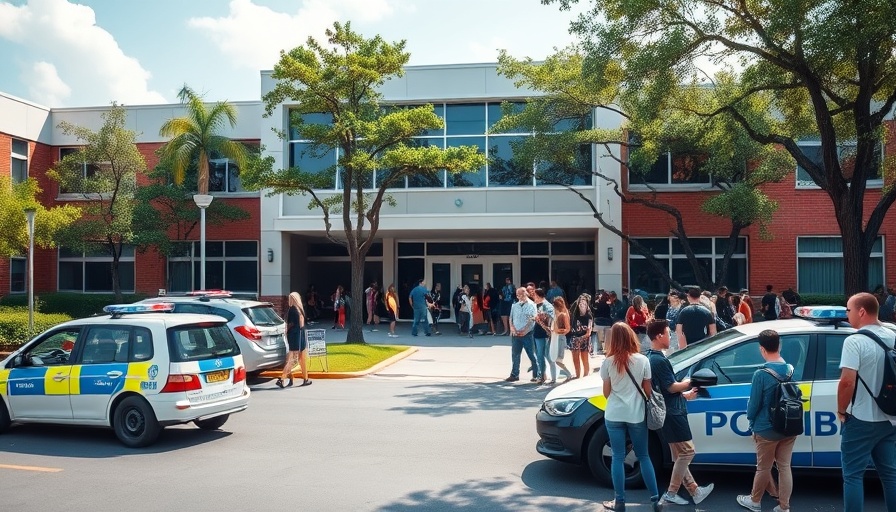
The Ongoing Crisis in School Safety
Threats to schools have become a worrisome reality across the United States, necessitating proactive measures from law enforcement agencies. The increase in school shootings and other forms of violence highlights the urgent need for comprehensive strategies aimed at protecting students. Police leaders and officers are actively engaged in addressing these threats through a combination of response planning, community outreach, and the assignment of dedicated School Resource Officers (SROs).
Bridging the Gap Between Knowledge and Action
Despite the wealth of studies on the psychology of school shooters and the pathways that lead to violence, transforming academic insights into actionable strategies presents a major challenge. Police leaders are often caught in the dilemma of understanding threat management without a clear operational approach for implementation. Training sessions, meetings, and workshops need to be emphasized—not just as formal interactions but as vital channels for translating learned concepts into daily routines of law enforcement.
Community Engagement: A Crucial Component
Community engagement plays an indispensable role in safeguarding schools. By strengthening relationships between law enforcement agencies and the communities they serve, officers can foster a culture of trust and openness. This approach encourages more effective communication regarding potential threats. Regular community outreach initiatives can break down barriers, making it easier for students, parents, and educators to report concerning behaviors without fear.
The Role of School Resource Officers
School Resource Officers (SROs) are critical in the landscape of school safety. Their presence in educational institutions can deter violence, provide immediate support to students experiencing crises, and serve as a bridge between the school environment and law enforcement. SROs should receive extensive training, not only in law enforcement techniques but also in conflict resolution and youth engagement—ensuring they are equipped to handle sensitive situations that require a nuanced approach.
Future Trends: Evolving Strategies for Safety
As threats evolve, so too must the strategies employed by law enforcement agencies. The future of school safety lies in utilizing advanced technologies, such as surveillance systems, threat assessment software, and data analytics, to ensure comprehensive monitoring of school environments. However, as these technologies are integrated, it’s crucial to remain vigilant about privacy concerns and maintain a balance between safety and civil liberties.
Conclusion: A Call to Action
As we grapple with the rising tide of school violence, it is essential for police leaders and policymakers to come together and develop well-rounded strategies that prioritize protective measures while fostering community trust. Engaging with local communities, systematically implementing safety protocols, and evaluating emerging technologies will be vital. Everyone has a role to play, and through collaborative efforts, we can create safer educational environments for our students.
 Add Row
Add Row  Add
Add 

 Add Element
Add Element  Add Row
Add Row 




Write A Comment